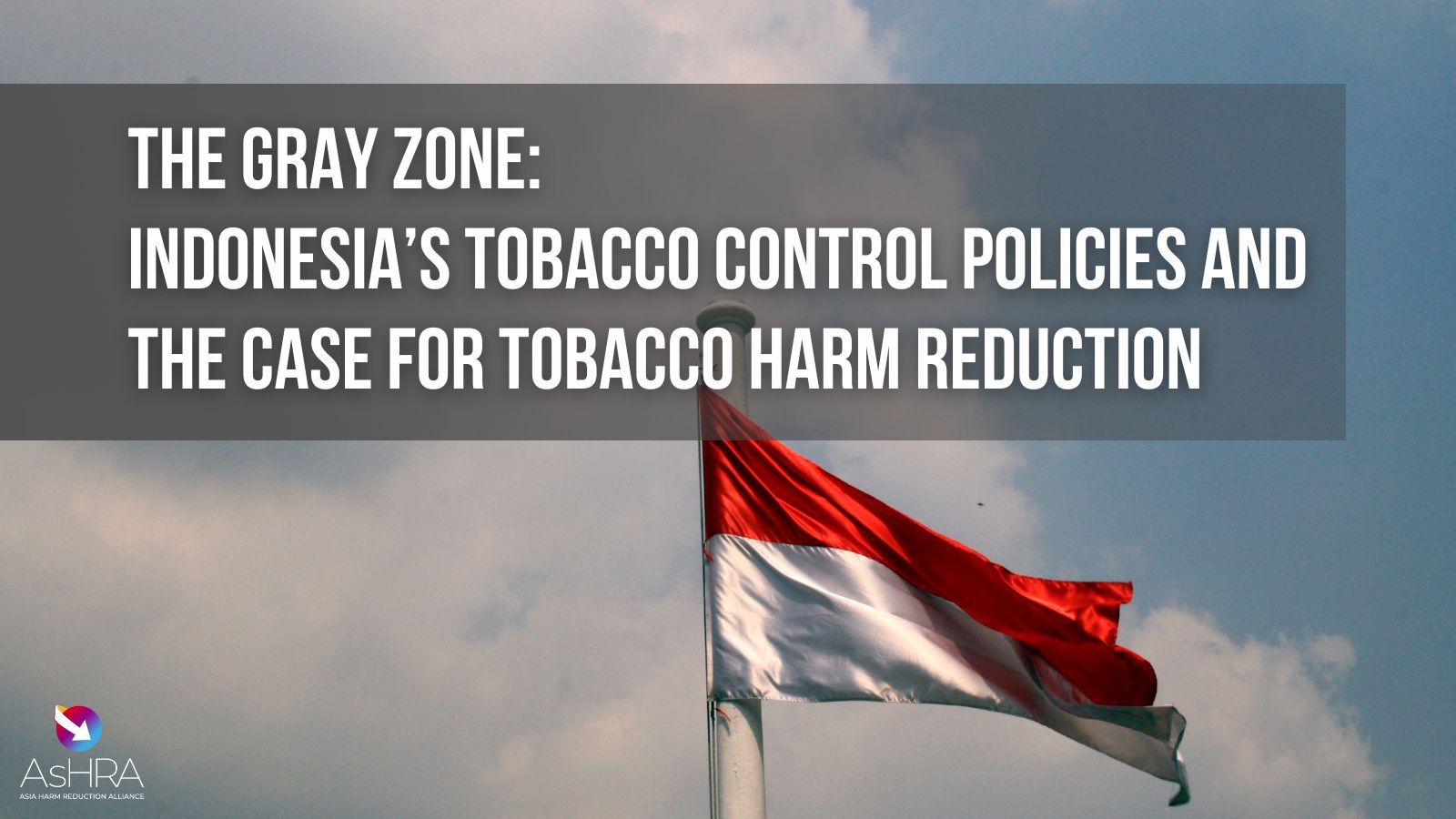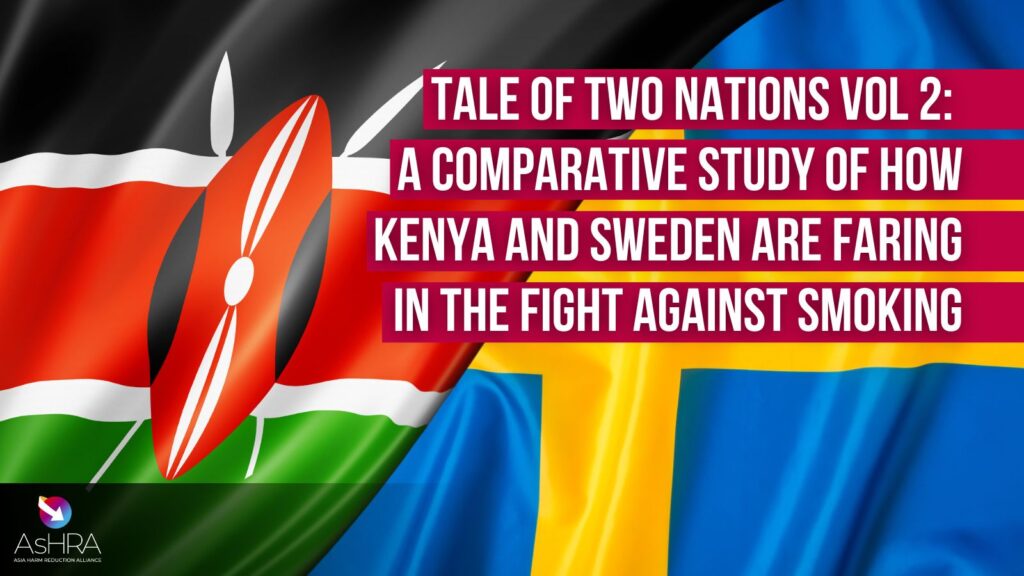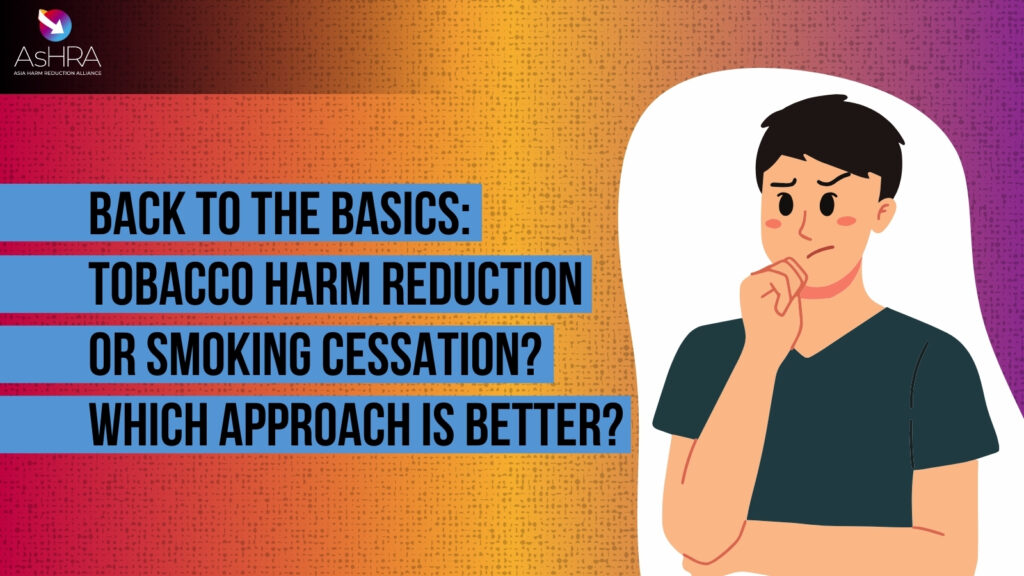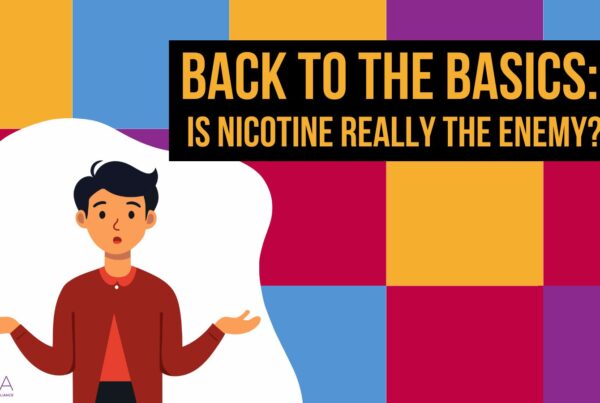With 65% of men using tobacco, Indonesia has one of the highest smoking rates in the world. This large number can be attributed to a variety of factors – including ambiguity about alternatives, the affordability of cigarettes and the cultural significance attached to various forms of tobacco. Particularly in rural regions, clove cigarettes, also known as kretek, are commonplace and socially accepted – if not expected. When combined with limited access to support for quitting or healthcare for tobacco-related diseases, this results in a dangerous situation for many Indonesians who smoke. In 2021, tobacco was the 2nd highest risk factor for deaths and disability in Indonesia.
While Indonesia has shown certain efforts to try and tackle its smoking problem, there are glaring absences in its tobacco strategies – creating a gray zone regarding the government’s intentions. Indonesia has yet to ratify the Framework Convention on Tobacco Control (FCTC) and is currently the only country in the Asia-Pacific region not to have done so. This is despite a survey finding that 91% of Indonesians supported their nation’s ascension to the FCTC. Moreover, the FCTC committee has critisized Indonesia for having child labour in its tobacco farming industry via multiple reports.

Indonesia’s restrictions on public smoking and tobacco advertising are known to be weak in their enforcement, and public health anti-smoking campaigns remain mostly in urban hubs. Even as the government increases cigarette taxes in 2023, the price remains affordable and accessible across income brackets.
For many of these problems, tobacco harm reduction (THR) has the potential to emerge as a viable solution. However, the country’s stance on THR also remains gray, with alternative products being neither officially banned nor officially recognised for their THR potential. In 2021, 3% of the population used vapes – with the number reducing to 0.3% for daily use. Much of the reason for THR’s low success is the same as the reason for tobacco’s enduring popularity – traditional tobacco products are much easier to access, more affordable and socially accepted.
Despite this reality, by implementing a harm reduction strategy into their tobacco policies, Indonesia has the opportunity to adopt a risk-proportionate approach to tobacco control. This involves making lower-risk products, such as vapes, more affordable and accessible to people who smoke – accompanied by information and awareness campaigns across urban and rural centers. By making small changes towards harm reduction, Indonesia can take a big step towards a safer and healthier future for its citizens.
Related Posts
 Time to support Filipino vape law, not relitigate it
Time to support Filipino vape law, not relitigate it
Time to support Filipino vape law, not relitigate it
 Greens’ Plan To Legalise Nicotine Vapes Lauded
Greens’ Plan To Legalise Nicotine Vapes Lauded
Greens’ Plan To Legalise Nicotine Vapes Lauded
 Taiwan Vaping Ban Disappointing For Its Many Smokers
Taiwan Vaping Ban Disappointing For Its Many Smokers
Taiwan Vaping Ban Disappointing For Its Many Smokers
More about
Alcohol Harm Reduction
More about





